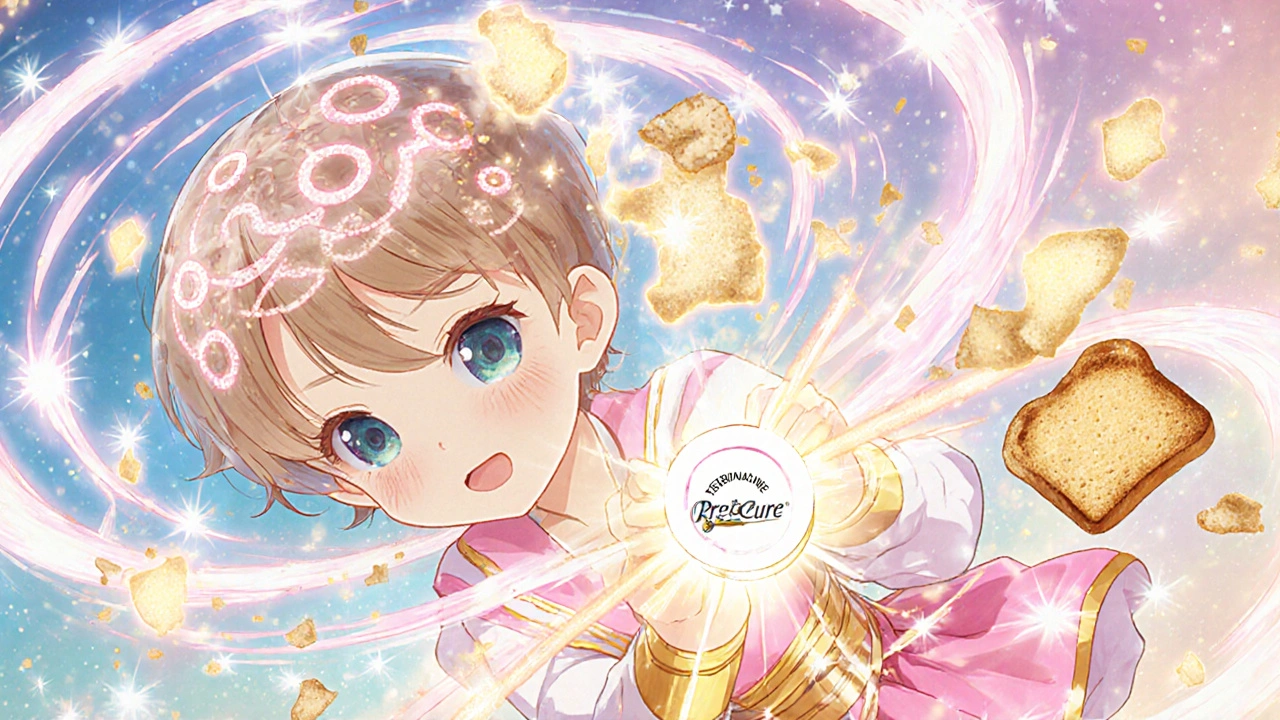Fungal Infection Treatment: Effective Options and What Actually Works
When you have a fungal infection, a common condition caused by microscopic fungi that thrive in warm, moist areas of the body. Also known as mycosis, it can show up as itchy rashes, scaling skin, or white patches in the mouth—none of which are fun to live with. These infections aren’t rare. About 20% of people deal with one at some point, and they’re more likely if you sweat a lot, wear tight shoes, or have a weakened immune system.
Athlete’s foot, a fungal infection between the toes that causes peeling, itching, and sometimes blisters is one of the most common types. Then there’s yeast infection, often caused by Candida overgrowth, leading to discomfort in the groin, mouth, or vagina. And don’t forget nail fungus, a stubborn infection that thickens and discolors nails, often taking months to clear. Each needs a different approach. Some respond to creams you can buy at the drugstore. Others need stronger pills you can only get with a prescription.
What works depends on where the infection is, how bad it is, and how long it’s been around. For mild cases, clotrimazole or terbinafine cream often clears things up in a couple of weeks. But if it’s deep in your nails or keeps coming back, oral antifungals like fluconazole or itraconazole are usually the next step. And if you’ve tried everything and it still won’t go away, you might need to look at your environment—damp towels, shared shower floors, or even your shoes could be the real problem.
It’s not just about killing the fungus. It’s about stopping it from coming back. That means keeping skin dry, changing socks daily, avoiding barefoot walking in locker rooms, and not sharing towels or nail clippers. Many people think once the itching stops, they’re done. But the fungus can still be hiding. That’s why most treatments need to keep going even after symptoms fade.
The posts below cover exactly this: real-world treatment paths, comparisons of top antifungal drugs, how diet and hygiene play a role, and what to do when standard options fail. You’ll find clear advice on when to reach for an OTC cream versus when to see a doctor. You’ll see how some supplements might help—or hurt. And you’ll learn why some people keep getting infections even after treatment. No fluff. Just what works, what doesn’t, and what to do next.
Fulvicin (Griseofulvin) vs. Top Antifungal Alternatives: What Works Best Today
Fulvicin (griseofulvin) is an old antifungal drug with slow results and many side effects. Learn how terbinafine, itraconazole, and fluconazole compare as faster, more effective alternatives for skin and nail fungal infections.
About
Medications
Latest Posts


Prednisolone vs. Prednisone: What's the Difference?
By Marcel Kornblum Jun 12, 2023

Bronchospasm Action Plan: Step-by-Step Guide, Peak Flow Zones, and Emergency Steps
By Marcel Kornblum Sep 4, 2025

Where to Safely Buy Oxcarbazepine Online: Complete Guide 2025
By Marcel Kornblum Aug 13, 2025

